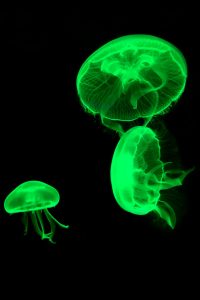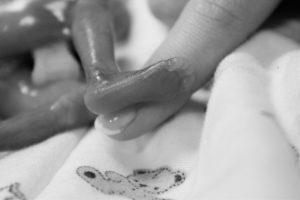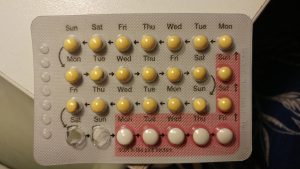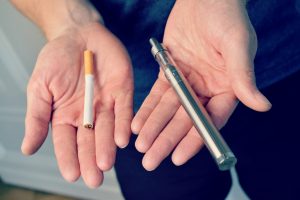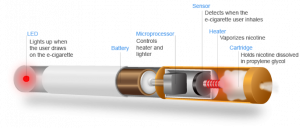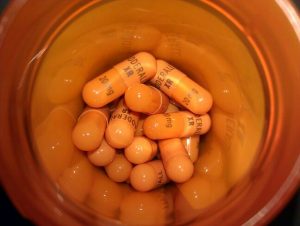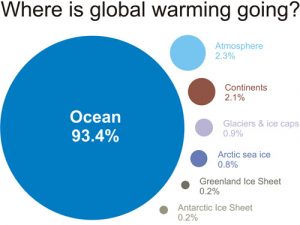Genetic editing, is it good or is it bad?
Many people have been debating about this for a while now. One recent news that came out in November talked about a scientist who genetically edited a pair of twin girls. The scientist, He Jiankui, used CRISPR-Cas9 to edit the babies genome which he claims would allow the babies to have a better resistance to HIV and AIDS.

Human egg cells. Image by Виталий Смолыгин. Retrieved from https://www.publicdomainpictures.net/en/view-image.php?image=42719&picture=cell
What the scientist did was that he disabled the gene, CCR5. This disables the HIV virus from entering the cell because the gene forms a protein pathway. With it disabled the virus cannot get in since there wouldn’t be a pathway. The problem with disabling the gene is that people without this gene has a greater chance of being infected by other viruses.
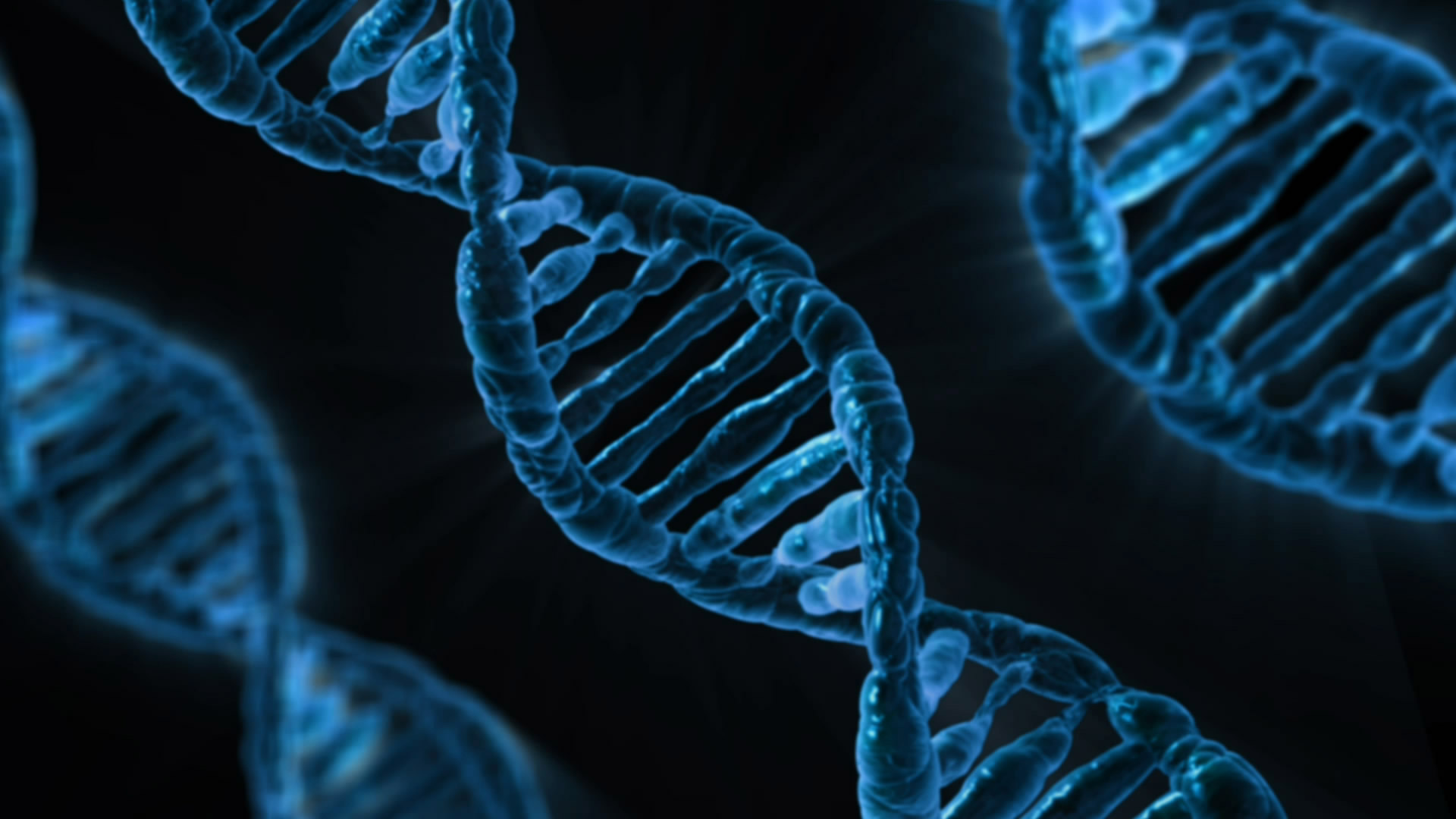
An image of DNA structure. Image by Виталий Смолыгин. Retrieved from https://www.publicdomainpictures.net/en/view-image.php?image=31530&picture=structure-of-dna
There have been many concerns on how this genetic modification can affect the babies because of the fact that this method hasn’t been truly tested. A professor in the University of Oxford, Julian Savulescu, said, “Gene editing itself is experimental and is still associated with off-target mutations, capable of causing genetic problems early and later in life, including the development of cancer.”
Many people condemned the scientist for his seemingly unethical way of human experimentation. But gene editing has been happening for a while and have been proven to heal genetic diseases, it is just that it hasn’t been experimented enough to know for sure that it is safe to be used on humans. One example would be a team of researchers that was led by Gerald Schwank. They were able to successfully correct the mutated genes in the liver cells of mice thus healing the mice from the metabolic disorder phenylketonuria. Another example is that gene editing was used to reduce cholesterol levels in mice that were still in their mother’s womb. This is done by targeting the gene that regulates cholesterol. The experiment was successful and the mice born were healthy.
So, would you consider gene editing the future?
This video talks about genome editing using CRISPR-Cas9. Published by McGovern Institute for Brain Research at MIT.
This video is about the scientist, He Jiankui, and his experiment on the two twin girls. Published by The He Lab.
Gloria Chan

